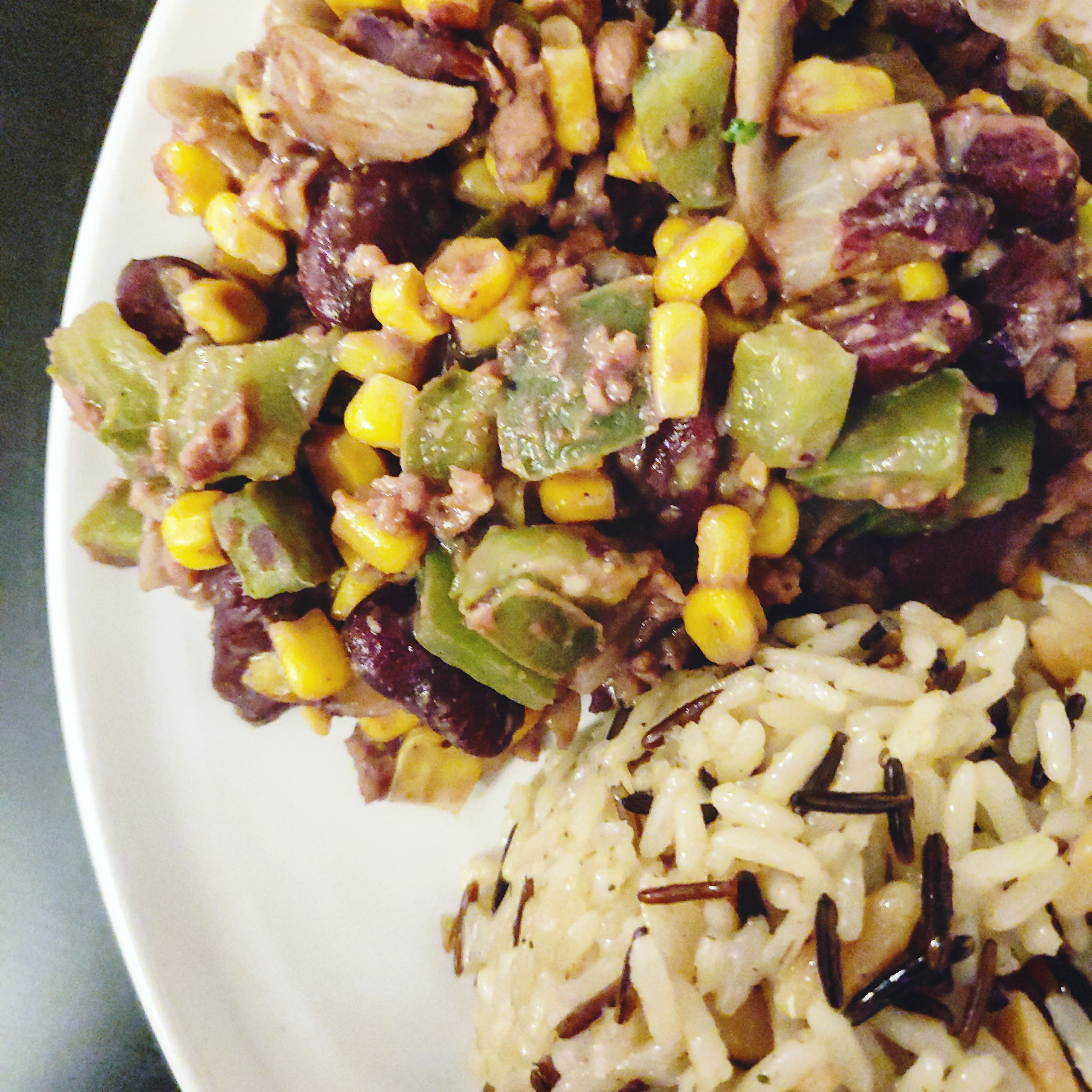**Discover the Delight of Danish Rugbrød: A Culinary Journey through Rye Bread Traditions**
Embark on a culinary adventure to the heart of Denmark and discover the beloved Rugbrød, a traditional rye bread that embodies the essence of Danish baking heritage. This dense, dark bread holds a special place in Danish cuisine, enjoyed as an integral part of everyday meals and celebrated for its unique flavor and nutritional value. With its distinctive sour tang and hearty texture, Rugbrød serves as a versatile canvas for toppings, from classic butter and cheese to savory spreads and pickled delights. Our collection of Rugbrød recipes takes you on a journey through the diverse expressions of this iconic bread, offering variations that cater to different tastes and preferences. From the classic Rugbrød with its traditional sourdough starter to variations using commercial yeast, whole wheat flour, and even a gluten-free option, our recipes provide a comprehensive guide to crafting this Danish masterpiece. Get ready to delve into the world of Rugbrød and experience the artistry of Danish baking traditions.
DANISH RUGBROD (RYE BREAD) FOR THE BREAD MACHINE

My mother in-law's recipe. From Denmark, with love.
Provided by Ray Earhart
Categories Bread Yeast Bread Recipes Whole Grain Bread Recipes Rye Bread
Time 3h10m
Yield 24
Number Of Ingredients 10
Steps:
- Put water, honey, butter, salt, rye flour, all-purpose flour, whole wheat flour, rye flakes, sugar, and yeast, respectively, into the pan of your bread machine.
- Select Basic setting and press Start.
Nutrition Facts : Calories 80.5 calories, Carbohydrate 16.5 g, Cholesterol 1.3 mg, Fat 0.8 g, Fiber 2.2 g, Protein 2.2 g, SaturatedFat 0.3 g, Sodium 101.5 mg, Sugar 1.4 g
DANISH RUGBRøD

Rugbrød is a delicious, nutritious and long-lasting bread that is very popular in Denmark. This bread typically has rye flour, rye berries, and sourdough leavening, as well as many seeds, beer, fermented milk and more. I've broken down the ingredients into categories so you can work with what you have, and then enjoy many days of open-faced sandwiches and butter-slathered crisps.
Provided by Melissa Johnson
Categories Recipes
Time 2h20m
Number Of Ingredients 20
Steps:
- Hydrate and sprout about 175g (1 heaping cup) rye berries, which makes approximately 260g when hydrated. Or hydrate 175g already-sprouted rye berries.
- To sprout rye berries, soak them in water in a bowl or jar for about 6 hours, then drain the excess water, rinse and drain again, and cover with a towel or sprouting lid (mesh screen). Sprouts will form after an additional 6-18 hours. Rinse and drain every twelve hours while sprouting. Then refrigerate for up to 5 days in a ventilated jar.
- To rehydrate already-sprouted rye berries, soak in water for 12-24 hours, then drain the excess water.
- Build 160g of 100% hydration mature starter.
- Combine all of the ingredients in a large bowl and mix until everything is incorporated. (Stand mixer with dough hook or paddle attachment works well.) The dough will have a thick batter consistency, not flowing off a spoon but still scoopable.
- Cover the bowl and let the dough bulk ferment. This takes about 5 hours at warm room temperatures (78F/26C) and longer if the ambient temperature is cooler, or if you refrigerate the dough for any portion of time. Make sure to flip the dough in the bowl after a long refrigeration to redistribute heat and moisture. The bulk fermentation is finished when you shift the dough with a spatula and see web-like strings of gluten.
- Pour/scrape the batter into a greased loaf pan. Smooth the surface of the dough with wet fingertips and cover.
- Proof 12-20 hours in the refrigerator, or 2-3 hours at room temperature, or a combination of cold and room temperature. (See the gallery for examples.) The dough will be rounded-puffy at the edges and have holes from popped bubbles when it is ready to bake.
- Preheat your oven to 425F.
- Decorate the top of your proofed dough with extra seeds or a flour stencil.
- Bake the bread uncovered for 70-85 minutes, until the internal temperature is about 210F.
- Let the bread cool for about 30 minutes, then remove it from the pan.
- If possible, wait 24 hours before slicing the bread to allow the crumb to set.
- Store the bread wrapped in parchment paper, a bread bag, bee's wrap or a flour sack towel for about a week outside the refrigerator. You can also slice and freeze the bread tightly wrapped in plastic.
Tips:
- Use dark rye flour: This will give your rugbrød its characteristic dark color and slightly bitter flavor.
- Soak the rye flour in buttermilk or water: This will help to soften the flour and make it easier to mix.
- Add a variety of seeds and nuts: This will give your rugbrød a crunchy texture and extra flavor.
- Let the dough rise slowly: This will help to develop the flavor and texture of the bread.
- Bake the bread at a low temperature: This will help to prevent the bread from drying out.
Conclusion:
Danish rugbrød is a delicious and nutritious bread that is perfect for sandwiches, toast, or simply enjoying on its own. It is easy to make at home, and with a little practice, you can create a loaf of rugbrød that is sure to impress your friends and family.
Are you curently on diet or you just want to control your food's nutritions, ingredients? We will help you find recipes by cooking method, nutrition, ingredients...
Check it out »
You'll also love











